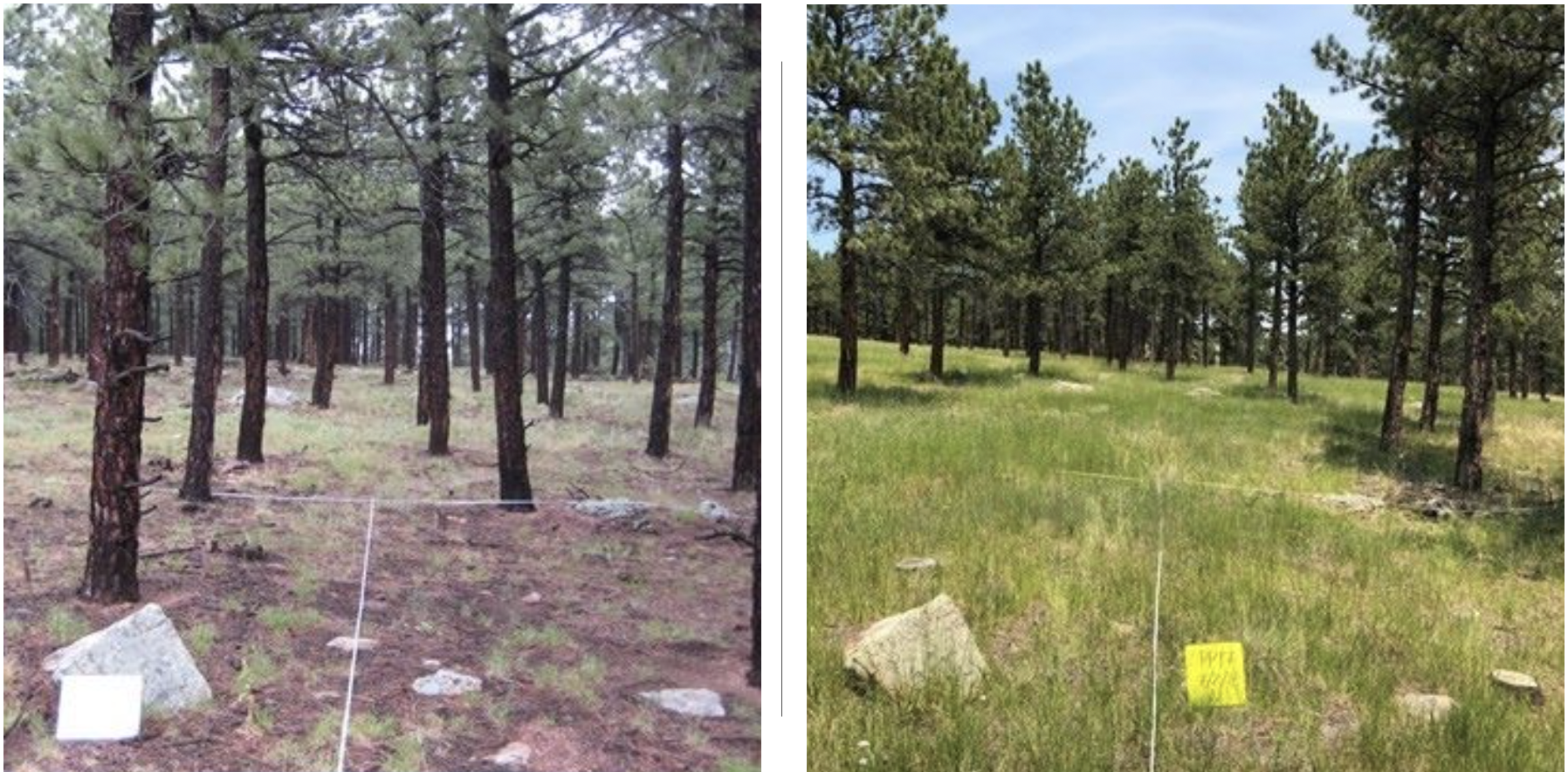From Crisis to Opportunity :
Addressing Rapidly Escalating Wildfire Risks on Colorado’s Front Range with Science-based Natural Climate Solutions
Catastrophic fire & Natural Climate Solutions: A Boulder Community and CU Initiative
Aligning Community Wildfire Protection Plans (CWPP) with community-based climate actions and biodiversity protections are necessary and concurrent actions to address climate concerns in our region. Projects are evaluated in terms of equity-centered actions and biodiversity protections that address climate mitigation and resilience outcomes of fire risk reduction. City of Boulder environmental policy leaders, local NGOs, stakeholders, and CU-Boulder researchers are prioritizing and formulating pilot projects that will continue beyond their first year of activity through a combination of local and state support, and supplemented by stakeholder participation in volunteer efforts.
We’re a group focused locally on an issue being addressed nationally.
As stated in the above report, an identified challenge to nature-based solutions is simple awareness: Many decision makers, communities, and experts lack awareness of nature-based solutions and the ways they can help address social and economic challenges. As a result, these options are often overlooked. Some people remain unsure of where to apply nature-based solutions, and how to measure and account for their benefits. Relevant forms of knowledge, including Indigenous and local knowledge, often are not considered in design processes and evaluations, leading to missed opportunities and less robust solutions. Boulder is a leader in its proactive activities to deal with climate mitigation. Further Boulder citizens have opted to fund climate portions of this effort with a February 2023 status update reported here. Additionally, the county has created a Climate Initiative Fund that awards projects that are combating the climate crisis locally. Our goal here is to infuse these actions with the cutting-edge, actionable science activities needed to solve the climate crisis.
Relating green solutions to climate mitigation
When we think climate, we think temperature, fire, floods, and drought. To stabilize climate, we really do have to do some carbon bookkeeping. Carbon’s an abstract commodity to most people, even though that, if we ignore water (and oxygen and hydrogen), carbon usually is what makes up the brunt of the mass of living organisms. As noted on our carbon conundrum page, it’s the property of this element to function as a greenhouse gas that got us into the climate mess. And, carbon can get us out of it. That said, the green solutions we focus on in this program are all about living organisms and how they can help get us solve the problem. We’re emphasizing efforts to enhance the quality and quantity of living landscapes across natural, agricultural, and built environments. When we do that, we can accomplish the needed carbon goals that connect to climate solutions.
Among our proposed pilot projects are:
1) Enhancing stakeholder participation in Wildlands-Urban-Interface (WUI) fire reduction activities and expanding the active protection areas to include grasslands. Included are assessments of the factors associated with stakeholder action/inaction.
2) Use a validated carbon model to assess carbon storage outcomes of proposed Community Wildfire Preparation Plan (CWPP) actions and wildfires. These findings will be coupled to a market based, carbon drawdown/avoided emissions model that can inform a carbon offsets program funded by local businesses to enhance and maintain CWPP efforts.
3) Use of previous wildfire reduction management and regenerative agriculture actions to assess targeted biodiversity responses and further inform landscape-level carbon drawdown assessments.
4) Pre-fire mitigation and landscape rewetting projects are proposed to reduce the potential for catastrophic fire impacts, to reduce post-fire erosion and flooding, protect water quality enhance biodiversity, and increase carbon draw-down.
This project began October 1, 2022 and is still under rapid development. The website and resources will be updated with the most current information as the project evolves. Email brigit.stattelman-scanlan@colorado.edu with questions, comments or resources.





